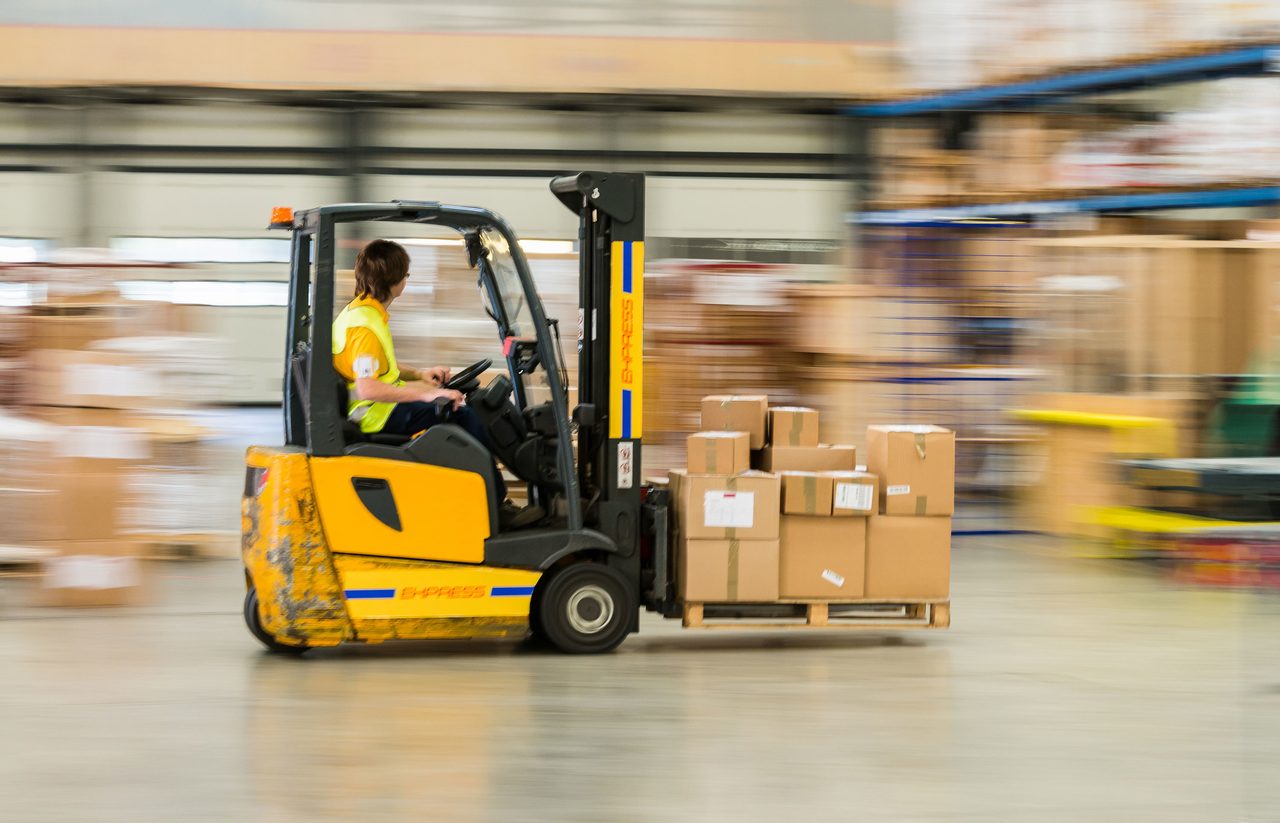#9 in the Top 10 most frequently penalized OSHA standards for FY 2021

Powered Industrial Trucks
Regulation 29 CFR 1910.178
What are powered industrial trucks?
Powered industrial trucks, commonly called forklifts or lift trucks, are used in many industries, primarily to move materials. They can also be used to raise, lower, or remove large objects or a number of smaller objects on pallets or in boxes, crates, or other containers. Powered industrial trucks can either be ridden by the operator or controlled by a walking operator. Over-the-road haulage trucks and earth-moving equipment that has been modified to accept forks are not considered powered industrial trucks.1
Key provisions
All new powered industrial trucks (except for vehicles intended primarily for earth moving or over-the-road hauling) must meet the design and construction requirements established in the "American National Standard for Powered Industrial Trucks, Part II, ANSI B56.1-1969," – and have to have a label on them indicating approval by the testing laboratory.
• Modifications and additions which affect capacity and safe operation can’t be made without manufacturer’s prior written approval.
• If the truck is equipped with front-end attachments other than factory installed attachments, the user shall request that the truck be marked to identify the attachments and show the approximate weight of the truck and attachment combination at maximum elevation with load laterally centered.
• A number of provisions allow specially-equipped trucks powered industrial trucks to be used in locations where that type of trucks is not usually considered suitable. These include:
• Diesel-powered units that have additional safeguards to the exhaust, fuel and electrical systems electrically powered units that, in addition to all of the requirements for that type of unit, are provided with additional safeguards to the electrical system to prevent emission of hazardous sparks and to limit surface temperatures
• Gasoline-powered units with additional safeguards to the exhaust, fuel, and electrical systems and liquefied petroleum gas powered units that are provided with additional safeguards to the exhaust, fuel, and electrical system
• Power-operated industrial trucks cannot be used in a number of atmospheres, including those containing hazardous concentration of acetylene, butadiene, ethylene oxide, hydrogen (or gases or vapors equivalent in hazard to hydrogen, such as manufactured gas), propylene oxide, acetaldehyde, cyclopropane, diethyl ether, ethylene, isoprene, or unsymmetrical dimethyl hydrazine (UDMH); in atmospheres containing hazardous concentrations of metal dust, including aluminum, magnesium, and their commercial alloys, other metals of similarly hazardous characteristics, or in atmospheres containing carbon black, coal or coke dust (except approved power-operated industrial trucks designated as EX).
Reducing the hazards
Determining the best way to protect workers from injury largely depends on the type of truck operated and the worksite where it is being used. Employers must ensure that each powered industrial truck operator is competent to operate a powered industrial truck safely, as demonstrated by the successful completion of the training and evaluation specified in 29 CFR 1910.178(l)(1).
